Ants, belong to the family of Formicidae, are the most common social insects together with the bees and wesps. These insects are believed to have been evolved from wasplike ancestors some 110 or 130 million years ago; however they were branched out after the fruition of flowering plants.
Ants have been classified into 22,000 species. There are an elbow antennae and a distinctive node-like structure that forms a slender waist. Ants are known to reside in colonies comprising dozens of predatory individuals that dwell in insignificant natural cavities.
These insects also lodge greater territories encompassing millions of individuals. Most of these individuals embrace wingless females that are deemed to be ‘workers’ and ‘soldiers’. Most of their colonies have some fertile males known as ‘drones’ while fertile females are called ‘queens’.
These colonies are also referred to as superorganisms as these creatures maneuvers in a unified structure, collectively putting their efforts to ensure the lasting sustenance of the group. Not many people are aware of ant facts for kids; here are the most valuable facts about ants.
Ants have been known to exist indiscriminately in every part of the world except in Polar Regions like Antarctica and other inhospitable islands. These types of insects mostly survive on ecosystems.
One of the foremost reasons for their widespread distribution is their ability to fine-tune themselves according to the tap resources and diversified habitats. They are mutually related to other species including commensal, parasitic, and mimetic which is mainly due to their co-evolution.
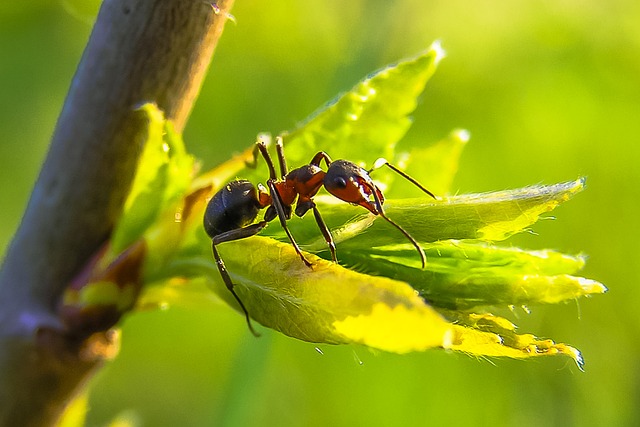 They believe in the division of labor coupled with communication at a vast level to sort out any anticipated forthcoming predicaments.
They believe in the division of labor coupled with communication at a vast level to sort out any anticipated forthcoming predicaments.
Ants have long been inspired by humans due to a sheer discipline in their daily chores. These insects have also some kind of significance in human society in that they are termed as biologist pest control agents.
Nonetheless, their presence also affects human crops that ultimately bring themselves in direct confrontation with humans.
Some of these species such as red imported fire ant are referred to as martial species in that they make their presence in places where they are inadvertently introduced.
Ant Facts For Kids
- The length of the ants measure around 0.75 to 52 mm (0.030 – 2.0 inches), with the largest ant ever found was Titanomyrma giganteum measuring 6 cm (2.4 inches), along with a wingspan of 15 cm (5.9 inches).
- Mostly these species are red or black in color with some ants exhibit metallic lustre or green.
- There are antennae and metapleural glands that make these species unique among other insects.
- These ants are also shielded with exoskeleton that offers a sheer defense to the body and a point of attachment for muscles, in contrast to the internal skeletons of humans and other vertebrates.
- There are no lungs, oxygen and other gases including carbon dioxide that pass across their exoskeleton through small valves known as spiracles.
- They’re also deficient of blood vessels; these creatures have a slender perforated tube by the top of the body which is known as dorsal aorta. The function of this tube is very similar to that of a heart in that propels haemolymph en route for the head. Thus it ensures a proper movement of internal fluids.
- There is a ventral nerve cord (coupled with the ganglia) embedded in the nervous system that moves all throughout the body.
- As we know from ant facts for kids that they have numerous sensory organs. There are several lenses that combine to make a compound eye. Although these eyes do not proffer high resolution image they are still best for the critical movement.
- Ant facts for kids relating to the species physical features validates that they three small simple eyes known as ocelli which are responsible for identifying the light levels and polarization. On the whole, ants do not have great visionary senses; some ant species are even blind. Nonetheless, there are few such as Australian bulldog ants that offers high resolution image.
- The two antennae basically convey and receive signals through touch.
- Two powerful jaws are attached to the head which are called mandibles. These mandibles are usually for hauling food, maneuvering objects, building nests, and above all for the strong defence.
- Ants have six legs that are devoted to the mesosoma (thorax). There is a hooked claw at the end of legs which facilitates them to ascent trees. As for the queens and male ants, they are accompanied by wings.
- While going through the ant facts for kids, essential information about ants come to the fore such as that they work in small colonies, trivial groups which are classified as minor, major and median workers.
- The great the size of the ants is, the larger the head and greater is the mandibles. These larger ants are also known as soldiers since they are typically capable to defend their colonies from predators.
- Soldiers also participate in the working along with other workers. Median workers do not present in few species as a result of which a division is mostly created amid the minor or major workers. Workers are not, however, allowed to mate with each other. Not all workers are assigned with the same level of work in that it varies with their age.
See also: Fire Ants Facts
 Distribution and Habitat
Distribution and Habitat
- Ant facts for kids demonstrate some of the imperative insights about their habitats. As mentioned earlier, ants are widely distributed all throughout the several continents with the exception of Antarctica, Iceland, Hawaiian Islands, Greenland, and in some parts of the Polynesia.
- These insects are exclusively enjoys a wide variety of food availability since they are selective about their diet.
- They are often termed as herbivores but are predominantly indirect herbivores, scavengers and predators. Nearly all species are omnivores with a specialist feed.
- These insects are responsible for the 15 – 20% contribution of total terrestrial animal biomass.
Reproductive Biology
- The life of ants begins from eggs. In case the eggs are fertilized, the offspring will be female (diploid), while the male arrives if eggs remain unfertilized.
- The first stage of ants is larvae which are followed by the second stage pupal. The workers are largely accountable for protecting larva since it is steady.
- Food is provided to the larvae through the process of trophallaxis by which food is regurgitated. Ants also offer some solid food to the larva including trophic eggs and seeds. The larvae passe several series of moults before it finally enters into the pupal stage.
- One of the distinctive ant facts for kids is that a novice worker is supposed to look after the queen and young in its initial days. Later on, these workers proceed to digging and other nesting works or defending territories.
- These types of changes are sometimes referred to as temporal castes. Nearly all species of ants have a system under which breeding females and queen are capable to mate.
- Contrary to popular belief, few ant nests have compound queens while others exist without queens. Colonies without queens are known as gamergate colonies while workers with the knack of reproduction are called gamergates. Colonies having queens are referred to as queen-right.
- The wing ants (males) that are called drones usually do two main things eating and mating. Apart from these two tasks, these drones are useless. Ants are also univoltine in that they yield new generation every year.
- The queens are capable to survive up to 30 years; while workers have a lifespan of 1 to 3 years. Male ants are regarded as transitory in that they will survive only for few weeks. These species remain vigorous all throughout the year except they become dormant and inactive during the cold days of winter.
See also: Bullet Ant Facts
 Behavior
Behavior
- Ants communication take place through pheromones. Pheromones are actually the chemical signals that are grown mostly in ants in comparison to the other species. They use their antennae to perceive smells.
- These antennae assist them in escorting the direction and intensity of scents. These insects customize pheromone trails of other ants to trace them. Apart from tracking, these pheromones are also used for transmitting signals to the proximate ants to assist them in the attacks.
- As evident from these ant facts for kids, these species attack other insects by injecting various chemicals including formic acid.
- Amongst all the species, bullet ants are by far the most dangerous and poisonous ants in that they have a strong painful sting despite the fact these ants are perilous for humans.
- Ant facts about their behavior demonstrate that Jack jumper ants may have fatal stings and they pose a great threat to the hypersensitive people.
- The mandibles function too rapidly in that they shut far more quickly than any other species in the jungle kingdom. It has a speed of about 126 and 230 km/h (78 – 143 mph).
- The ants jaws tend to close within 130 microseconds on an average. Before striking, these insects tend to open their mandibles extensively and position them properly through the internal mechanism.
- They store energy in a thick band of muscle which is discharged by the sensory hair on the inside of the mandibles. These mandibles allow a relaxed movement for other chores.
- One of the larger mandibles are usually found in the Malaysian ants that spills several chemicals to the prey or predator consequently leaving it stock-still. This technique is usually useful in case of smaller insects.
- Besides, these species are also required to shield their colonies from the perils of pathogens. Workers are mainly responsible for disposing the dead-nests along with defending colonies in order to ensure hygienic condition.
- “The ants, like the bees, assume three forms male, fertile female or ‘queen’ and infertile female or worker. The workers may be further modified to fit the tasks they perform, those with large heads and the powerful jaws for fighting being distinguished as ‘soldiers’. Other worker tasks include the construction and care of the nest, rearing the young, collecting the storing food, attending to domestic food production, and feeding those which like some of the soldiers are unable to feed themselves.
- There are several species of slave-making ant, including the Blood-red ant of Britain, north Eurasia and North America.
- These ants raid the nests of other species carrying of the larvae and pupae to rear as slaves in their own nests. The operation is performed with considerable strategy and military precision, after several days of scouting and the marking out of routes.
- The harvesting ants rob the corn-field, taking enough grain to feed the nests of 50,000 or more individuals through the scarce season.
- They store the grain in carefully drained granaries. If it becomes damp after exceptionally heavy rain, the stock is brought up on the first fine day, spread out in the sun to dry, and finally return to store”.
See also: Army Ant Facts
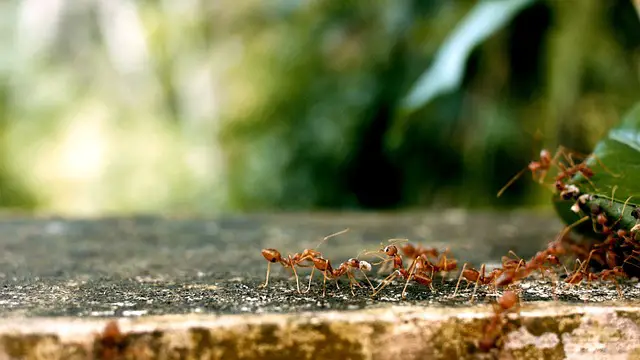 Feeding Ecology and Diet
Feeding Ecology and Diet
- Ant facts about their diet display that these species are particularly scavengers and indirect herbivores.
- They prefer to eat fungus that grows within their colonies. These species gather leaves and miniscule pieces that are placed in fungal gardens.
- Ants are known to travel great distances from their nests with an estimate of 200 metres (700 feet). They leave their marks or scent trails which help them to get back to their homes.
See also: What Do Ants Eat?
Significant Ant Facts about their Nest-Building
- Nests are also given sheer protection against any physical threats such as flooding. They are also considered to be the fast learners. Ants build compound nests however some species are nomadic in that they do not build perpetual structures.
- The nests are mostly built on ground, inside logs, under stones, hollow stems, and even acorns. Soil and different plants are basically used for constructing nests.
- These species are very sharp in picking out their nest location in that some are even reluctant to build nests where dead ants are found since it may denote the presence of pests or disease.
- Ants do not hesitate to leave their proven nests when threats are nearby. Ants of South America and Africa are known to build temporary nests because of their wandering nature.
- The nests are made of many different materials, including wood, leaves and soil, and their structure and dimensions vary enormously.
- The more complex nests are composed of several layers of chambers with connecting tunnels.
- They have store-rooms for food, ‘stables’ for housing greenfly and other insects, nurseries for rearing the larvae, and ‘gardens’ where fungi are cultivated. Some nests rise above the ground in large mounds, while others are entirely underground and may extend over several square kilometers.
- The nuptial flights generally take place in the spring or summer, the queen receiving and storing enough sperms in her seminal receptacle to keep her fertilized for the rest of her life, which may last ten or fifteen years.
- Copulation is achieved on the wings. Afterwards a male dies and the female wrenches her own wings off. On finding a suitable site she founds a new colony and begins at once to lay eggs from which the legless larvae are shortly hatched. These are fed and cared for at first by the queen and then by her offspring workers. The larvae undergoes several metamorphosis before changing into a pupa, from which the perfect insect finally emerges.
Ant Facts For Kids | Video
[dmvideo id=”x1aiuum” media_url=”http://www.dailymotion.com/embed/video/x1aiuum” width=”300″ height=”250″]


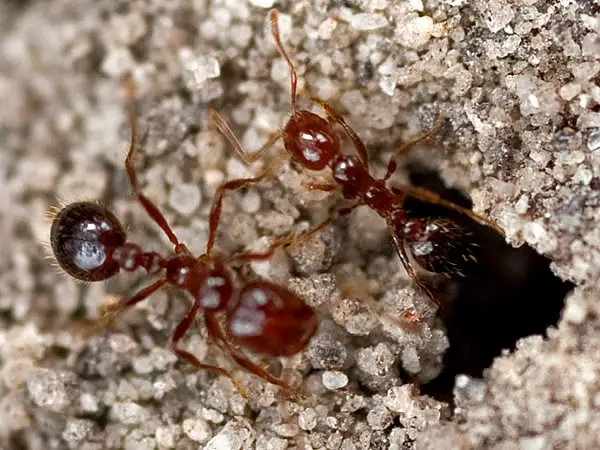

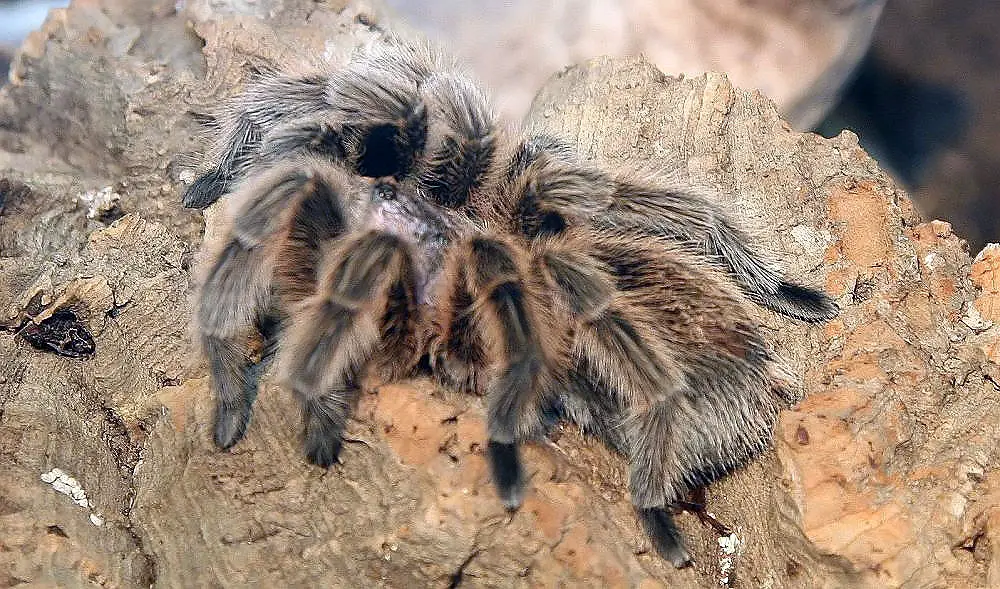
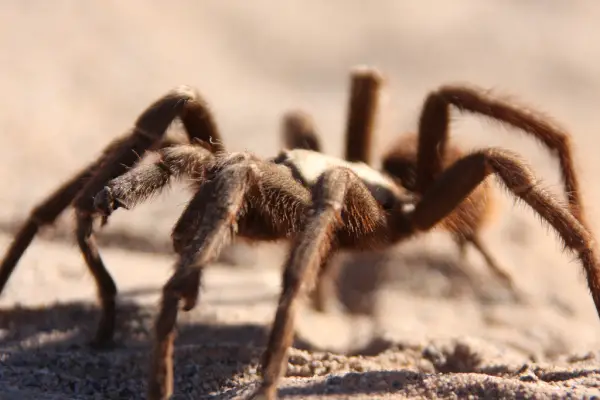
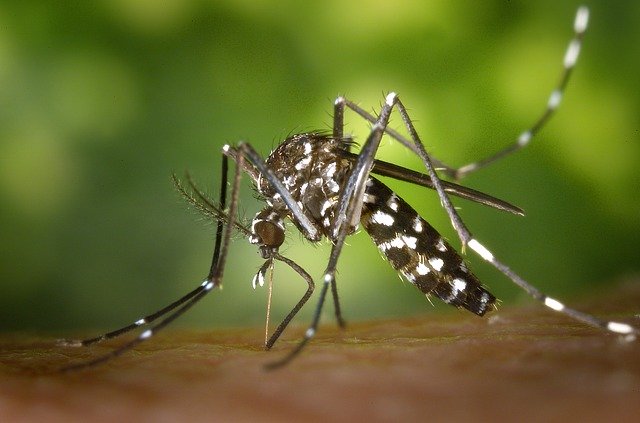
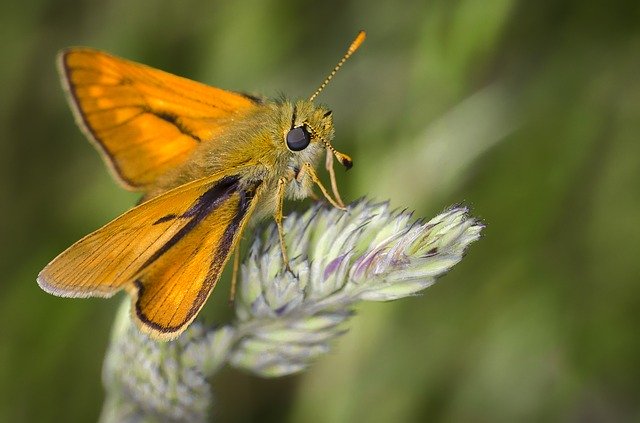

i personally have nothing against ants except that they basically take over my house. they annoy me but i dont hate them
I am positively distressed at all of these COMPLETELY EGREGIOUS creatures crawling around everywhere!